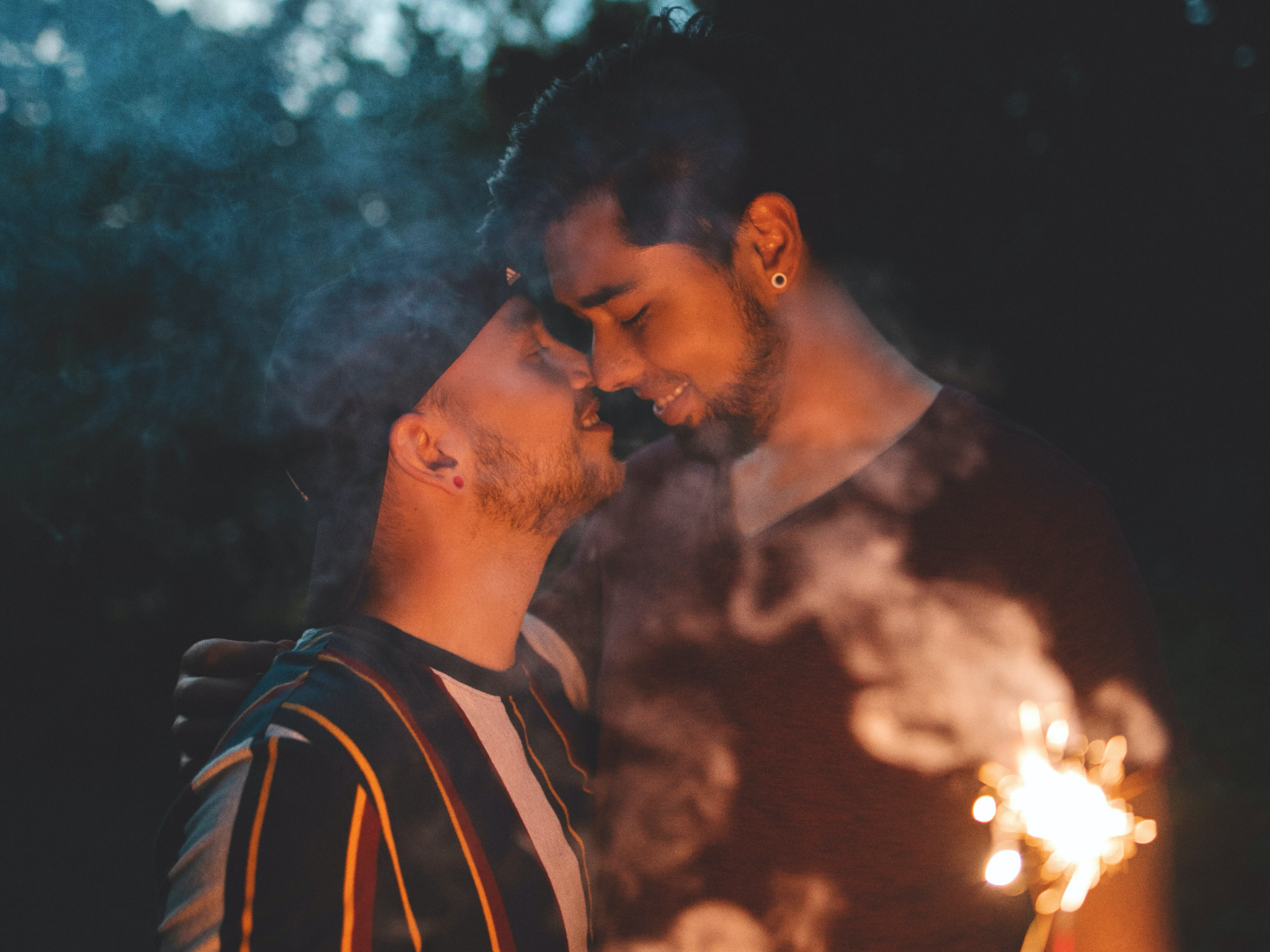
Pride Month (June) may have already come and gone for 2022, but the LGBTQ+ community and its allies are always paying attention to which companies support the community. If your client only shows their support for the LGBTQ+ community in June, they won’t earn this consumer group’s trust. Your client’s support and representation of the community in their ads needs to be a year-round effort. According to a study by Nielsen, “In the face of discriminatory policies often designed to marginalize the LGBTQ+ people, these consumers are looking to brands to take the lead on embracing inclusion.” Do your clients have LGBTQ+ inclusive ads in store for the future?
Why LGBTQ+ Inclusive Ads Matter
The Numbers Show LGBTQ+ Inclusive Ads Get Results
If your client worries that they may lose business by creating LGBTQ+ inclusive ads, they should think again. 52% of the LGBTQ+ community is comfortable with brand targeting, according to Nielsen. And 48% of non LGBTQ+ consumers, is also comfortable with these ads. All in all, that means a significant percentage of American consumers would be happy to see more LGBTQ+ inclusive ads.
And to show their appreciation, consumers will take action. According to Nielsen, 40% of consumers say that they’re more likely to buy products from brands that include LGBTQ+ inclusive ads in their campaigns.
How to Make Your Client’s Ads More Inclusive
Nielsen surveyed consumers to see which members of the LGBTQ+ community they feel are under-represented in ads. Here are the results:
- Non-Binary Identities: 81% of consumers agree
- Transgender Men: 79%
- Transgender Women: 78%
- Bisexual and Pansexual People: 72.5%
- Lesbians: 57.5%
- Gay Men: 52%
So, if your client has been making LGBTQ+ inclusive ads that feature gay and lesbian couples, good job! They’re part of better representation for those consumer groups in advertising. But there’s work to be done when it comes to the other members of the community listed above, as well as more that can be done when it comes to spotlighting gay and lesbian couples in ads.
Consumers also urge advertisers to create more authentic LGBTQ+ inclusive ads. Nielsen recommends:
- Avoiding stereotyping individuals
- Being more authentic/realistic in depictions of LGBTQ+ individuals
- Using more LGBTQ+ individuals in ads
- Engraining LGBTQ+ inclusivity in all areas of your client’s company, not just advertising
- Getting members of the LGBTQ+ community involved when creating ads
Ad Media Types that Need Better LGBTQ+ Representation in Ads
There are some types of media that American consumers view as doing a better job of including LGBTQ+ inclusive ads than others. Overall, here are their rankings, according to Nielsen:
- Social Media: 51% of consumers believe this medium is inclusive
- Social Media Influencers: 50.5%
- Podcasts: 46.5%
- Cinema/Outdoor: 45%
- Online (excluding social media): 44.5%
- Magazines: 40.5%
- TV: 38%
- Newspapers: 30.5%
- Radio: 28.5%
Digital ads have proven to be the hot spot for LGBTQ+ inclusive ads, while traditional media types are falling behind. While traditional media tends to be consumed by older and more socially conservative consumer groups that your client may worry about seeing inclusive ads, Nielsen encourages advertisers to branch out your client’s ad campaigns anyway. “Inclusive media and advertising can be a tool for change and can humanize and normalize diverse community experiences, especially when audiences outside of the target community group are exposed to inclusive themes.”
If you want to know which ad media types your client should use when crafting LGBTQ+ inclusive ads, check out AudienceSCAN on AdMall by SalesFuel. There, you’ll find advertising information on audiences such as LGBTQIA Issues Supporters, Lesbian/Gay/Bisexual/Transgender consumers and more.
Photo by: Nina Hill
